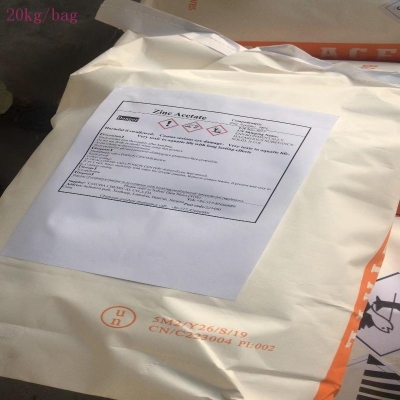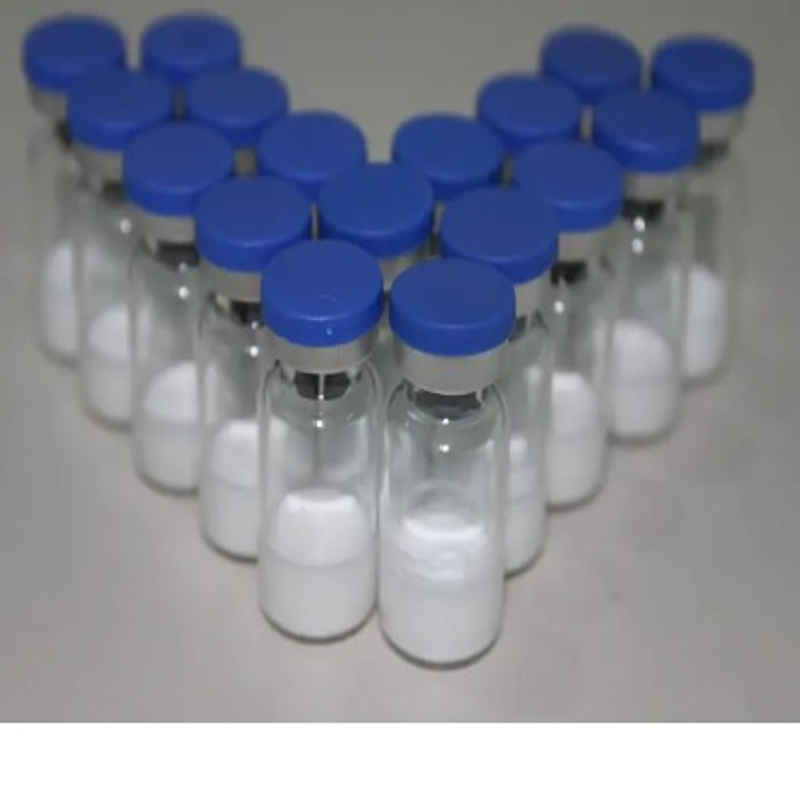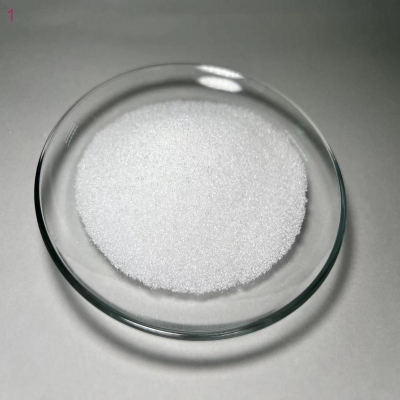-
Categories
-
Pharmaceutical Intermediates
-
Active Pharmaceutical Ingredients
-
Food Additives
- Industrial Coatings
- Agrochemicals
- Dyes and Pigments
- Surfactant
- Flavors and Fragrances
- Chemical Reagents
- Catalyst and Auxiliary
- Natural Products
- Inorganic Chemistry
-
Organic Chemistry
-
Biochemical Engineering
- Analytical Chemistry
-
Cosmetic Ingredient
- Water Treatment Chemical
-
Pharmaceutical Intermediates
Promotion
ECHEMI Mall
Wholesale
Weekly Price
Exhibition
News
-
Trade Service
After the Spring Festival, nitrogen fertilizer inventories were high, and dealers were not motivated to get the goods, which once made the overall mood of the nitrogen fertilizer industry pessimistic.
However, the author believes that this year's nitrogen fertilizer market output and apparent consumption are basically the same, agricultural demand is stable, industrial demand is increasing, and the export volume is increasing.
The market expectation is not so pessimistic.
First, output and apparent consumption are basically the same.
According to data from the China Nitrogen Fertilizer Industry Association, in 2015, my country's nitrogen fertilizer industry withdrew from capacity and exceeded its newly added capacity for the first time.
According to preliminary estimates, the total output of the nitrogen fertilizer industry in 2016 will be the same as the 71 million tons in 2015.
In terms of consumption, agricultural rigid demand remains unchanged at 41 million tons.
Industrial demand will increase from 16 million tons in 2015 to 17.
5 million tons.
Exports are estimated to be 12 million tons at the lowest level, and total domestic demand is 58.
5 million tons.
The total supply is expected to be 57.
15 million tons, and the demand is slightly greater than the supply.
The second is stable agricultural demand.
The government's requirement to ensure food security and adhere to the red line of 1.
8 billion mu of arable land determines the stability of the rigid demand for nitrogen fertilizer.
After entering March, spring plowing and fertilizer preparation have gradually started in various regions, and there have been signs of slight increase in urea recently.
It is expected that this year's agricultural rigid demand will be consistent with 2015.
The third is the increase in industrial demand.
There are many favorable factors for industrial demand this year, and consumption will increase substantially.
Data from the China Nitrogen Fertilizer Industry Association shows that this year's new real estate policy will promote the market recovery, resulting in an increase in the demand for urea in the adhesive industry; with the increase in environmental protection requirements, the consumption of thermal power denitrification and automotive urea will increase substantially.
The average annual growth rate is expected to reach 17%, and there is still growth potential in the future.
Fourth, the export volume has increased year by year.
Tariffs in the off-peak and peak seasons, from the restrictions imposed in the past few years to the current liberalization, have greatly boosted the enthusiasm of enterprises for export, and the export volume is also increasing steadily, with an average annual growth rate of 31%.
The export volume of urea in the past two years has reached more than 13 million tons, accounting for about 20% of that year's output.
This year, with the enhancement of nitrogen fertilizer companies' ability to directly participate in international trade, the export volume will further increase.
Based on comprehensive judgment, the nitrogen fertilizer market will gradually stabilize and improve gradually this year.
However, in the current market downturn, the author suggests that nitrogen fertilizer companies should actively adapt to the new normal in the off-peak and peak seasons, adjust their mentality, and formulate corresponding sales strategies; in response to changes in farmers’ fertilizer habits, adjust nitrogen fertilizer varieties and sales service models; Demand and sales services in the industrial sector; strengthen overseas market expansion and maintain a stable export volume.
However, the author believes that this year's nitrogen fertilizer market output and apparent consumption are basically the same, agricultural demand is stable, industrial demand is increasing, and the export volume is increasing.
The market expectation is not so pessimistic.
First, output and apparent consumption are basically the same.
According to data from the China Nitrogen Fertilizer Industry Association, in 2015, my country's nitrogen fertilizer industry withdrew from capacity and exceeded its newly added capacity for the first time.
According to preliminary estimates, the total output of the nitrogen fertilizer industry in 2016 will be the same as the 71 million tons in 2015.
In terms of consumption, agricultural rigid demand remains unchanged at 41 million tons.
Industrial demand will increase from 16 million tons in 2015 to 17.
5 million tons.
Exports are estimated to be 12 million tons at the lowest level, and total domestic demand is 58.
5 million tons.
The total supply is expected to be 57.
15 million tons, and the demand is slightly greater than the supply.
The second is stable agricultural demand.
The government's requirement to ensure food security and adhere to the red line of 1.
8 billion mu of arable land determines the stability of the rigid demand for nitrogen fertilizer.
After entering March, spring plowing and fertilizer preparation have gradually started in various regions, and there have been signs of slight increase in urea recently.
It is expected that this year's agricultural rigid demand will be consistent with 2015.
The third is the increase in industrial demand.
There are many favorable factors for industrial demand this year, and consumption will increase substantially.
Data from the China Nitrogen Fertilizer Industry Association shows that this year's new real estate policy will promote the market recovery, resulting in an increase in the demand for urea in the adhesive industry; with the increase in environmental protection requirements, the consumption of thermal power denitrification and automotive urea will increase substantially.
The average annual growth rate is expected to reach 17%, and there is still growth potential in the future.
Fourth, the export volume has increased year by year.
Tariffs in the off-peak and peak seasons, from the restrictions imposed in the past few years to the current liberalization, have greatly boosted the enthusiasm of enterprises for export, and the export volume is also increasing steadily, with an average annual growth rate of 31%.
The export volume of urea in the past two years has reached more than 13 million tons, accounting for about 20% of that year's output.
This year, with the enhancement of nitrogen fertilizer companies' ability to directly participate in international trade, the export volume will further increase.
Based on comprehensive judgment, the nitrogen fertilizer market will gradually stabilize and improve gradually this year.
However, in the current market downturn, the author suggests that nitrogen fertilizer companies should actively adapt to the new normal in the off-peak and peak seasons, adjust their mentality, and formulate corresponding sales strategies; in response to changes in farmers’ fertilizer habits, adjust nitrogen fertilizer varieties and sales service models; Demand and sales services in the industrial sector; strengthen overseas market expansion and maintain a stable export volume.







